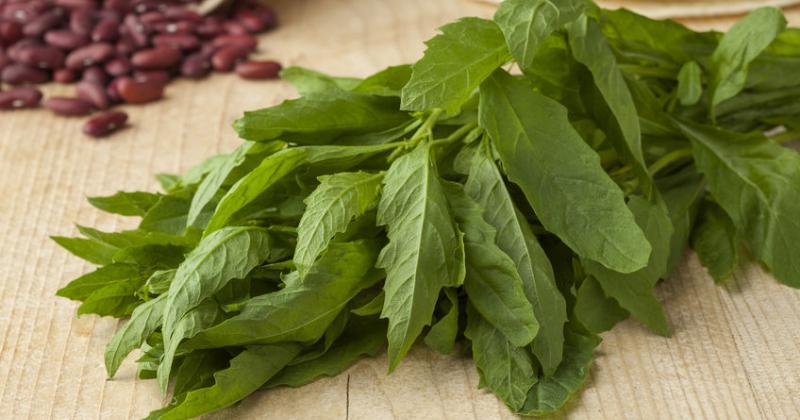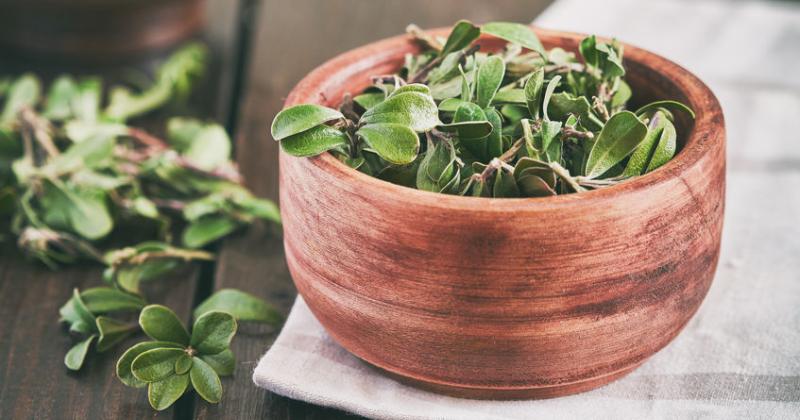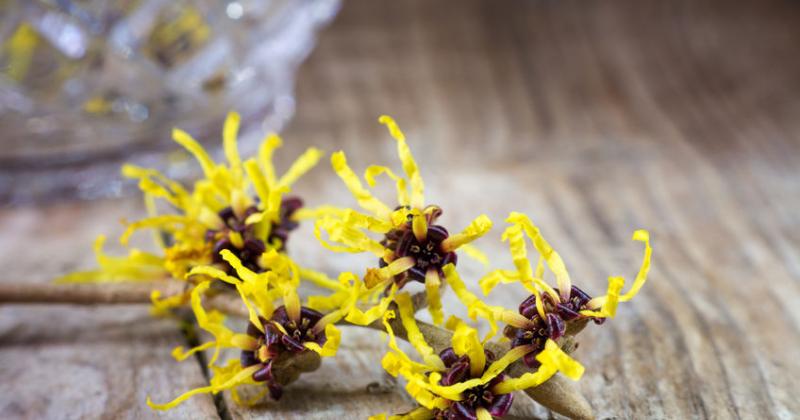MAI DONG
 />
/>
Mai Dong grows on the slopes of the mountains and at the foot of the Himalayas, in the Philippines and Japan. In some regions of China can be found at the height of 2800 meters. The plant prefers slopes of mountains, hills, forests, grassy thickets, bamboo groves. This plant loves shady and moist places. read more ›
ARONIA
 />
/>
Aronia is a species of the genus Aronia belonging to the subfamily Maloidae from the family Rosaceae. The genus includes about 15 species, growing mainly in moist places. Aronia is a shrub up to 2-5 m high. The old trunks are grayish-black in color; the young branches are cherry red. read more ›
BALA
 />
/>
Bala is a species of perennial up straight flowering plants from the genus Sida, family Malvaceae. From 150 to 250 plants belong to this genus, some scientists claim that there are no more than 100 of them. This discrepancy is due to the fact that the genus was originally a “garbage taxon”, which included all plants of the family that could not be classified. read more ›
BLACK SOYBEANS
 />
/>
Black Soybean is an annual herbaceous plant, a species of the genus Glycine, the Fabaceae family. Black Soybean is widely cultivated in Asia, Southern Europe, North and South America, Central and South Africa, Australia, on the islands of the Pacific and Indian oceans at latitudes from the equator to 56-60 °. read more ›
BUCHU
 />
/>
Agathosma Betulina grows exclusively in South Africa, and is cultivated only there. Shrubs are abundant in mountains in the Western Cape of South Africa. It is likely that the reason for this is the peculiarity of the climate of this region, where winters are mild and humid, and summers do not look like tropical. read more ›
UMCKALOABO OR AFRICAN GERANIUM
 />
/>
Currently, there are about 50 varieties of Pelargonium. The plant is quite unpretentious, that is why it has gained popularity among lovers of houseplant. Light-loving plants that easily tolerate a lack of moisture do not winter in the open ground. The genus is extensive, includes 250 species that grow mainly in South Africa, as well as in Australia and Asia Minor. read more ›
JOB’S TEARS WILL SAVE YOU FROM TEARS
 />
/>
Many species of Job's Tears grow under the natural conditions of the tropics and subtropics in South-East Asia. The plant is cultivated in the Philippines, in the countries of North America. In the wild, it grows along the banks of rivers, along with the herbs of marshy meadows. read more ›
LOVAGE. LOVE FROM NATURE
 />
/>
Lovage is a large perennial herbaceous plant, sometimes reaching 2-2.5 m in height. It has a fairly large, thick, branched, brown root with a pungent spicy smell. The leaves are alternate, dark green and shiny; the lower ones are long-grained (up to 70 cm long), the middle ones are short-grained. read more ›
YACON. PRODUCT OF THE FUTURE.
 />
/>
Yacon is widely distributed in the Andes mountain range. It grows at altitudes from 900 to 2300 m. For many years, the plant is extremely popular in Iran, the USA, Korea, Japan, New Zealand, in the countries of Southern Europe, in Brazil. Not long ago, Yacon spread to the territories of the former Soviet republics of Central Asia, reached Moldova and Uzbekistan. read more ›
TURKEY RHUBARB
 />
/>
The birthplace of Rheum palmatum is the mountain forests of Central China. There are 20 types of Rhubarb, which are grown in household plots, in vegetable gardens, and in specialized farms, as a food. read more ›
EPAZOTE
 />
/>
Epazote (lat. Chenopodium ambrosioides L.) is a perennial herb of the Chenopodiaceae family. Epazote is a perennial aromatic plant reaching 100-150 cm in height. The root is long and pivotal. The leaves are alternate, pointed, narrowing towards the base, medium-sized, oval-elliptical in shape, dentate along the edge. read more ›
UVA URSI
 />
/>
It grows predominantly in dry pine forests and larch forests, mainly on sandy soil, in birch-larch woodlands, on the meadows, coastal rocks and scree, on gravelly places in the Alpine belt. It prefers open, well-lit places, does not like to grow near other plants. This plant is typical for the forest zone of the Northern Hemisphere. read more ›
EYEBRIGHT
 />
/>
The plant has a taproot capable of going deep into the soil. Haustoria often develop on the roots, with the help of which the herb attaches to the donor plant and nourishes. If Eyebright grows among the grasses or other useful plants, it can grow at the expense of them, but it will gradually dry out the “donors”. read more ›
WATERCRESS
 />
/>
Watercress is a perennial plant, reaching the height of 60 cm or more. A moisture-loving, relatively cold-resistant and shade-tolerant plant. The stem is hollow, creeping, usually rooting at the base. The leaves are green, simple, without stipules, pinnate, with wide petioles and 2-7 pairs of oblong or oval leaves. read more ›
AROMATIC CALAMUS
 />
/>
Calamus is a perennial herb up to 60-100 cm height. The rhizome is thick, cylindrical, sinuous, covered on top with dark, broad leafy scars. The rhizome is located horizontally, almost on the surface, reaches a length of up to 1.5 m. Calamus roots are thin, fibrous and located in nodes. read more ›
SHEPHERD'S PURSE
 />
/>
Shepherd's Purse is found in Europe, India, and Western Asia. It is a widespread weed plant. It grows in the fields, gardens, near houses, along roads, along ditches, etc. It grows in temperate and subtropical regions of the globe. The reserves of the species are very large, many times greater than the need for raw materials. read more ›
WITCH HAZEL
 />
/>
Hamamelis virginiana has such popular names as "Witch Hazel" and "Witch Nut." The reason for this is its late flowering, unusual for other plants. The prevalence of the “Witch Nut” was much wider: in the Paleo-and Neogene periods of the Cenozoic era, Witch Hazel grew throughout Europe and North America. read more ›
CELANDINE
 />
/>
The plant is found in light and shady broadleaf forests among bushes, less often in light coniferous forests, in groves and coastal shrubs. Celandine grows predominantly on nitrogen-rich soils. The ants that use seeds for food and carry them over long distances contribute to the widespread use of Celandine. read more ›
MEADOWSWEET
 />
/>
Meadowsweet (Latin. Filipéndula Ulmaria) is a representative of the genus Filipéndula, of the subfamily Rosoideae, of the Rosaceae family. The generic name Filipendula is formed from "filum" (thread) and "pendulus" (hanging), because the root tubers seem to hang on filiform roots. The genus combines up to 10 species. read more ›
OREGANO
 />
/>
Since the Middle Ages, Oregano has occupied an important place among Mediterranean herbs. The name of this fragrant plant with small green leaves is translated as "decoration of the mountains" or "mountain joy". Oregano is often confused with marjoram. Although these herbs are both with a tart spicy smell and are similar in appearance, they have different taste and healing properties. read more ›
